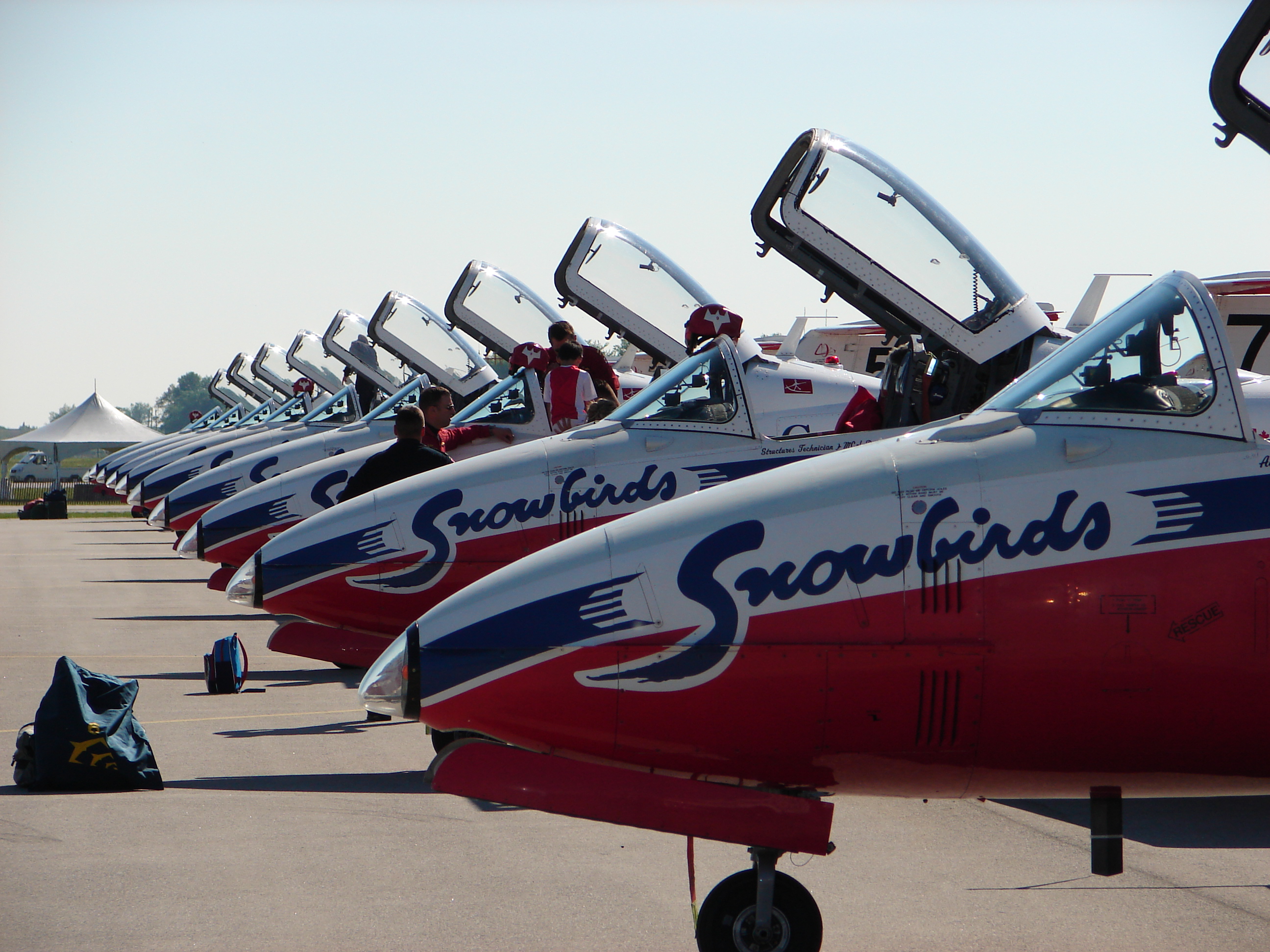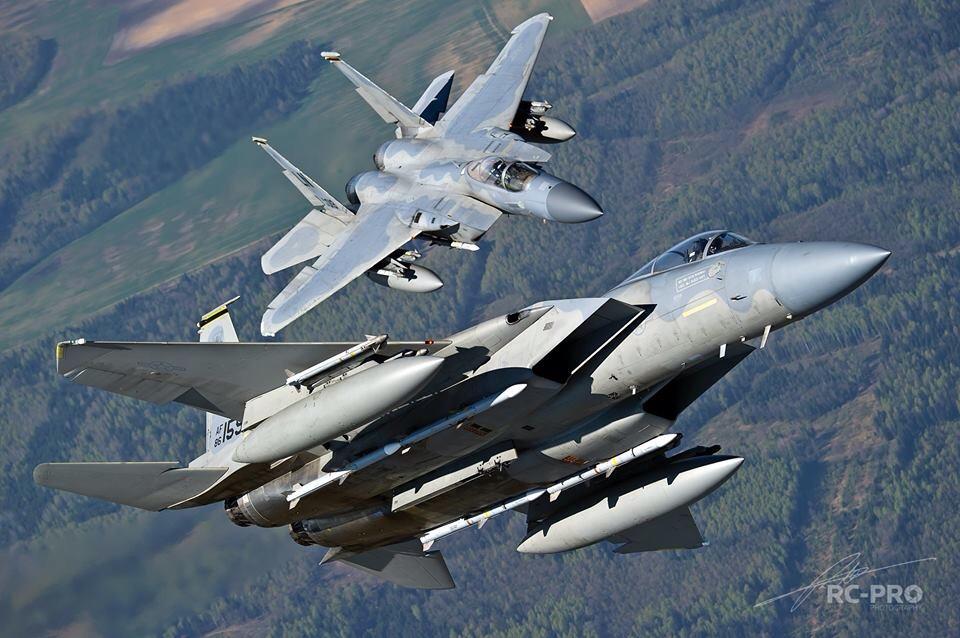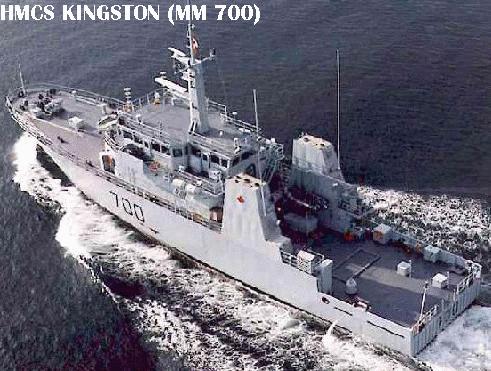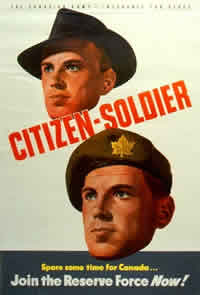[captionpix align=”left” theme=”elegant” width=”320″ imgsrc=”http://www.flightglobal.com/blogs/aircraft-pictures/voodoolarge.jpg” captiontext=””]
Protectors of the Sky
Defending Canadian skies since the First World War, the Royal Canadian Air Reserve is proudly served by 2100 Canadian men and women. Through the 20th century conflicts – the World Wars, the Korean War, the Gulf War, and the Bosnian War–the Air Reserve has complemented the Royal Canadian Air Force (RCAF) with mobilization and professionalism.
Unlike the Army Reserves, which has a pre-Confederation birth, the Air Reserve was established in Canada in 1924 and formally activated on 5 October 1932 under the title of the Non-Permanent Active Air Force (NPAAF), joining the Permanent Active Air Force (PAAF). Canadian reserve pilots served in World War I but were integrated entirely into the British Royal Air Force. The NPAAF designation carried until 1 December 1938, when it became the Auxiliary Air Force, a fully mobilized unit for the Second World War. With an Air Force of its own, Canada stepped further away from its colonial parent, Great Britain.
Amid the storm of the Great Depression, the Mackenzie government released one-fifth of the RCAF in a “Big Cut” of Air Reserve units. Despite the gloom, there was a sunny side: three squadrons–No. 10 at Toronto, No. 11 at Vancouver and No. 12 at Winnipeg–formed the first NPAAF units.
Canadian squadrons comprised one-third of the Royal Air Force, fighting the Luftwaffe in the Battle of Britain. The No.1 (known later as the 401st) Fighter Squadron from the City of Westmount was the first RCAF squadron to engage with enemy planes in a dogfight, running into a formation of German Messerschmitts on August 26, 1940, over Southern England. By mid-October of the same year, the squadron had destroyed 31 enemy aircraft against losses of 16 Hurricanes and the tragedy of three killed pilots. Canadian Auxiliary Commander F.M. Gobeil shot down the first plane of the war for the RCAF on 25 May 1940, downing a German bomber in Belgian airspace.
A New Role
By 1946, the Government established a new scheme for the Air Force. The Regular Force was supplemented by two reserves: an Auxiliary (active reserve) and a Reserve (a ready force), along with the Royal Canadian Air Cadets. Canada as a NATO founder kept 5700 air reserves as part of its 1955 air defense. However, by 1965, that number dropped to 750 because of shifts in the international landscape and years of government restraint. The Auxiliary now shifted to domestic concerns. Under the guidance of the Air Transport Command from 1 April 1961, the Auxiliary focused on transport and search and rescue missions, flying Otters and Expeditors from coast to coast.
Faced with Defense budget cutbacks under the Trudeau governments of the 1970s, military planners sought economically efficient methods of utilizing personnel. Part-time employees now augmented regular force units in a process known as “twinning.” In these twinned squadrons, the Reserves benefitted from Regular Force equipment when not in use, eliminating the need for new purchases.
Under the Mulroney government of the 1980s, the “total force” capacity of the Royal Canadian Air Force was reinforced, calling for a seamless integration between regular and reserve that had not existed since World War II.
The fall of the Berlin Wall in 1989 and the subsequent Charter of Europe in 1990, brought a new approach to the Air Reserve. New ‘peace-dividends’ from the collapse of the Soviet Union meant that NATO countries could reduce their armed forces and shrink defense budgets. In 1992, the Chrétien government introduced new roles and capabilities for the Air Reserve. Three Reserve squadrons (the 401, 411, and 418) were disbanded, and the 429 became “zero-manned” (an established Air unit with no assigned equipment or personnel).
In 1997, the entire Canadian Reserves received only $1 billion out of the $10 billion budget allocated for the Armed Forces. Per-capita, the reserve allotment of $33,333 fell far below their regular counterparts at $138,461. Despite these cuts, the Air Reserve contributed to important missions during the Gulf War and the NATO-led Balkans campaign.
Back to the Future
In the modern age, reservists are spread throughout the country, embedded in communities, and serve on deployments domestically and overseas. As of 31 August, 2011, 2,181 individuals serve in the Air Force Reserve with some seeing combat on Canadian missions, such as in Kandahar. At CFB Borden, the 400 Tactical Helicopter Squadron hosts 100 reservists and 90 regular force personnel with 35 Regulars and Reservists on a tour in Afghanistan. In 2009, half worked in the Tactical Unmanned Aerial Vehicle (TUAV) flight at Kandahar Airfield, while six other technicians worked as maintainers on recently acquired Chinook helicopters. The Canadian Air Reserve values professionalism, excellence, and teamwork, fitting qualities for our protectors of the sky.




